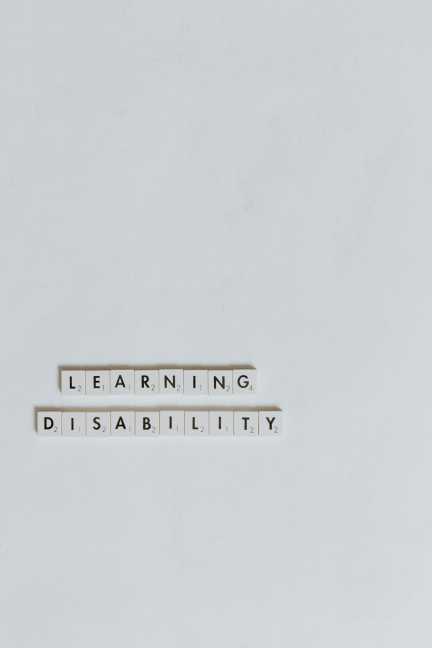In recent years, e-learning has become an increasingly popular way of gaining knowledge and skills. With the convenience of being able to learn from anywhere, at any time, and at their own pace, more and more people are turning to online courses for their educational needs. However, one common criticism of e-learning is that it can feel impersonal and lack the personal touch that traditional classroom learning provides.
But what if I told you that it is possible to create a personalized learning experience in e-learning? By incorporating certain strategies and techniques, instructors and course designers can tailor the learning experience to each individual learner, making it more engaging, relevant, and effective. In this blog post, we will explore some of the ways in which you can create a personalized learning experience in e-learning.
1. Understand your learners
The first step in creating a personalized learning experience is to understand your learners. What are their motivations for learning? What are their learning styles and preferences? What are their goals and objectives? By gathering information about your learners, you can tailor your course content and delivery to meet their individual needs and preferences.
Some ways in which you can understand your learners include conducting surveys, interviews, and assessments. You can also use analytics and data to track their progress and performance throughout the course. By collecting this information, you can better tailor your course to meet the needs of your learners.
2. Provide choice and flexibility
One of the key advantages of e-learning is the flexibility it provides. Learners have the freedom to learn at their own pace, in their own time, and in their preferred environment. By providing choice and flexibility in your course design, you can create a personalized learning experience that accommodates the diverse needs and preferences of your learners.
For example, you can offer multiple ways for learners to engage with the content, such as videos, podcasts, quizzes, and interactive exercises. You can also provide options for learners to choose the order in which they complete the course modules, or the topics they want to focus on. By giving learners more control over their learning experience, you can increase their engagement and motivation to learn.
3. Offer personalized feedback and support
Another important aspect of creating a personalized learning experience is to offer individualized feedback and support to learners. Personalized feedback can help learners understand their strengths and weaknesses, and track their progress towards their goals. By providing timely and constructive feedback, you can help learners improve their performance and achieve better learning outcomes.
In addition to feedback, it is also important to offer personalized support to learners. This can include providing access to mentors, tutors, or support staff who can help learners with any questions or difficulties they may have. By offering personalized feedback and support, you can create a more supportive learning environment, and increase learner satisfaction and retention.
4. Use technology to personalize the learning experience
Technology plays a crucial role in creating a personalized learning experience in e-learning. By leveraging tools such as learning management systems, data analytics, artificial intelligence, and adaptive learning software, instructors can tailor the learning experience to each individual learner.
For example, adaptive learning software can analyze the performance of each learner and provide personalized recommendations for further study. Data analytics can track learner progress and behavior, and help instructors identify areas where learners may be struggling. By using technology to personalize the learning experience, instructors can create a more engaging and effective learning environment.
In conclusion, creating a personalized learning experience in e-learning is essential for engaging learners, increasing motivation, and improving learning outcomes. By understanding your learners, providing choice and flexibility, offering personalized feedback and support, and using technology to personalize the learning experience, you can create a more impactful and meaningful learning experience for your students. So, go ahead and start creating a personalized learning experience in your e-learning courses today!

